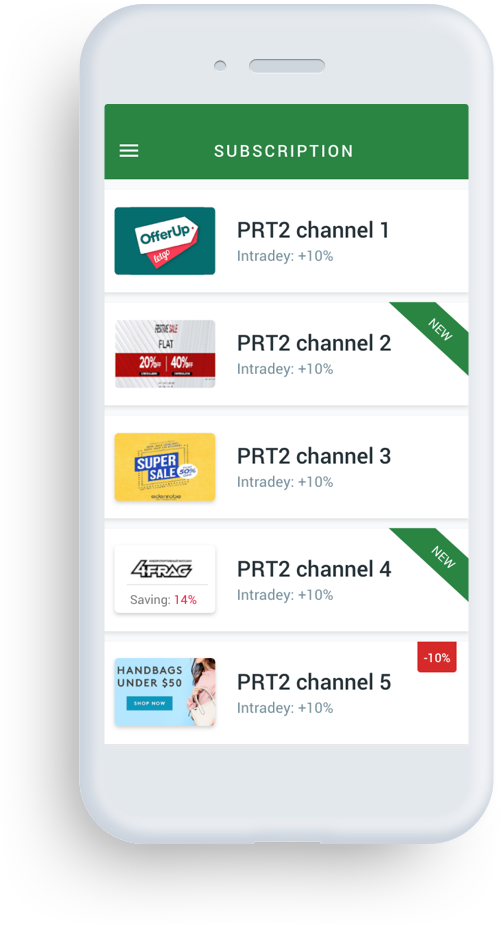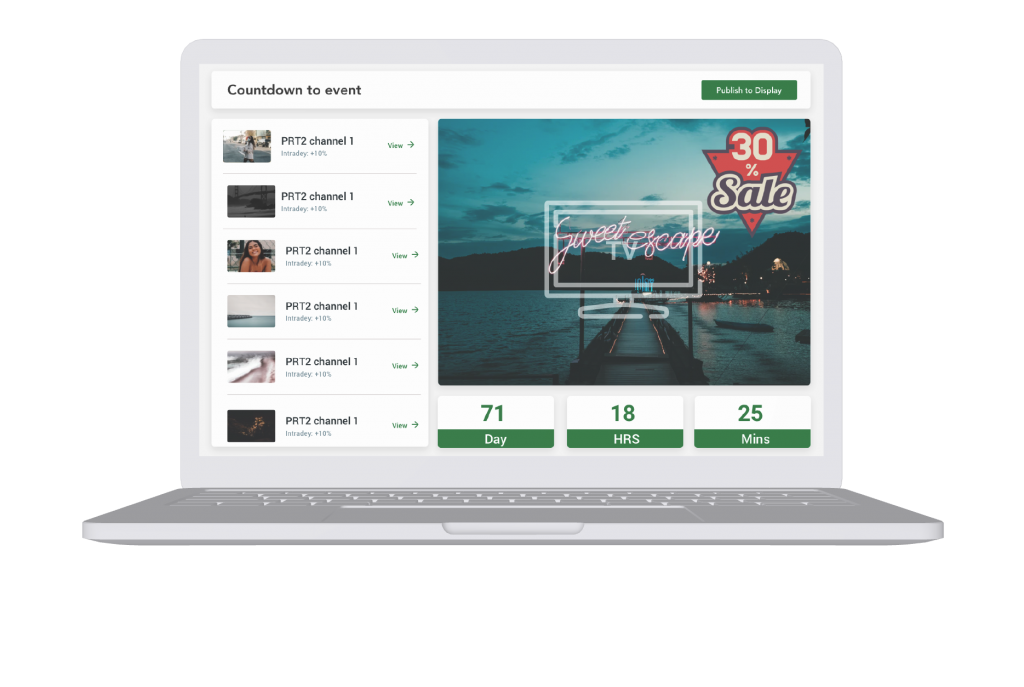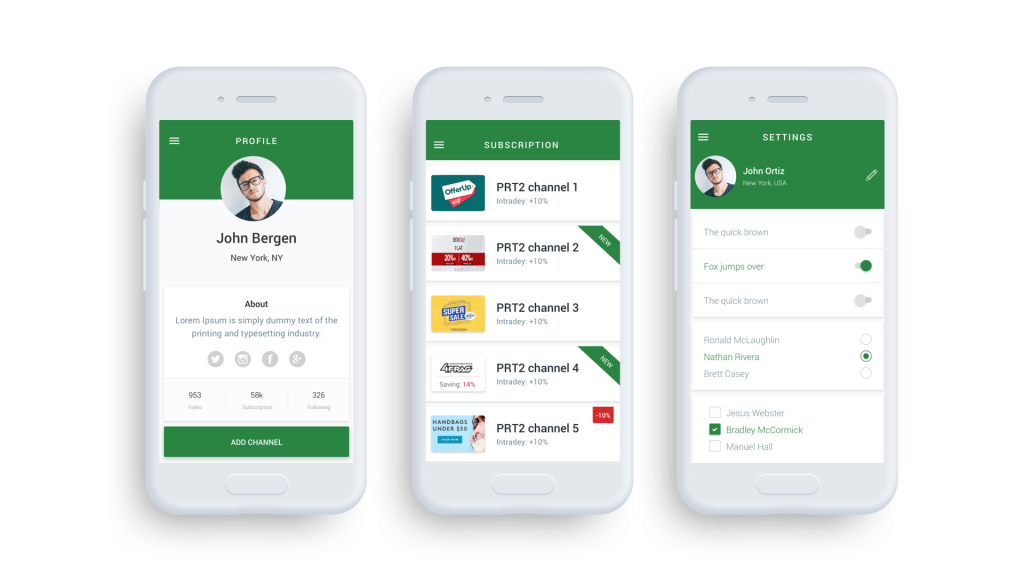DSE Wizard — A Digital Signage Solution for Android
We delivered an Android mobile app as an assistant for a digital signage software solution to efficiently manage media content on connected screens.

Challenge
Our client — a global leader in delivering telecommunications and technology solutions — set the challenge for the Mbicycle team to develop a digital signage application and integrate it into the client’s existing software and hardware suite.
Digital signage implies using LED and LCD projection, as well as e-paper technology to display digital images, video, web content, weather data, menus, etc. This type of solution is suited well for stadiums, stores, museums, hotels, restaurants, offices, transport terminals, or any other public place, to show wayfinding directions and outdoor advertising, among other functions.
The client needed a team of experts who could be in touch 24/7 during the entire digital signage software development process. In addition to meeting qualification requirements, the Mbicycle developers were ready to provide that level of commitment. That became the key factor why the client chose our entertainment software development team for their digital signage project.

The Digital Signage App in Detail
The client reached out to the Mbicycle team having a few components of their patented digital signage service already developed:
- The admin panel — a web panel administered on the client’s side. The admins could remotely manage content installed on the client’s branded consoles, which were sold to end users, such as retail and hospitality businesses.
- The content panel — a web panel that was originally designed for end users of the client’s console that came with preinstalled apps, in order for them to manage and display media content.
The Android mobile application developed by the Mbicycle team became the third integral component of this suite. The main functions of this digital signage app, named DSE Wizard, were the authorization of consoles during their first-time use and their connection to the screens displaying digital signage.
When businesses buy consoles distributed by our client, they just need to scan the QR-code appearing on the screen when connecting the console for the first time, then enable WiFi, Bluetooth, and other connectivity services. After that, users can activate their consoles online.
There were some additional features of the DSE Wizard app that we implemented:
- Status check of connected displays.
The app sends notifications in case of errors or issues. - User profile management.
The app allows setting up and connecting multiple screens, monitoring their statuses, locking specific displays, and more.
The console app ecosystem maintenance
The digital signage suite also featured four Android apps preinstalled on the client’s consoles. Our team was tasked with improving these applications and maintaining their flawless performance as part of the project.
These apps included:
- Launcher — an environment for configuring the console UI, launching the player, and executing commands sent from the admin panel (for example, to upload logs and files, restart the application, install updates, etc.). The Launcher either executed the incoming commands on its own or delegated it to one of the other preinstalled applications, Fota or Executer.
- Fota — an application for downloading and installing updates for all the console apps, as well as running commands received from the Launcher.
- Executer — a service application for caching the progress status of each command, recording the results (successful or not), transferring them to the server, and running specific commands received from the Launcher.
- LED Indicator — a light indicator displaying the hardware status.
To extend the functionality of these apps, our Android development team:
- Added new commands and tasks to the Launcher app
- Extended the range of tasks and commands taken up by the Executer app
- Enhanced the update installation process for the Fota app

Process
It took our mobile app development outsourcing experts six months to complete this digital signage project. We used the Scrum development methodology with daily meetings, where our Android developers discussed the statuses of tickets and tasks with the rest of the project team.
As long as the project was intensive and resource-heavy, there was a large team on the client’s side to oversee the project progression and administer the digital signage service on the whole. This team included:
- Backend Java developers
- Project and delivery managers
- 3 business analysts
- 5 DevOps engineers
- 4 QA engineers
Technologies & Tools
Programming language
Kotlin, Java
Architecture
MVP
Third-party libraries & frameworks
Retrofit, Android Jetpack, AndroidX, MQTT broker
Results
After six months of fast-paced mobile development, our team successfully delivered an Android application called DSE Wizard, fine-tuned and improved the functionality of the other Android apps preinstalled on the client’s consoles, and maintained their proper performance.
After the digital signage solution was delivered, our contribution was highly appreciated by the client, which helped us secure positive references from this leading telecommunications player on the global market today.


